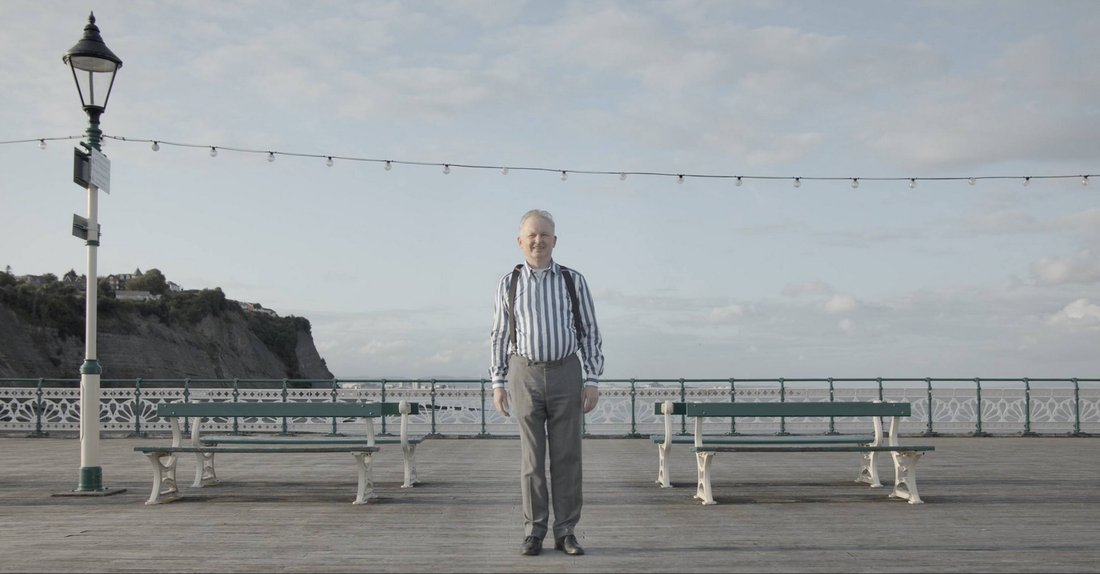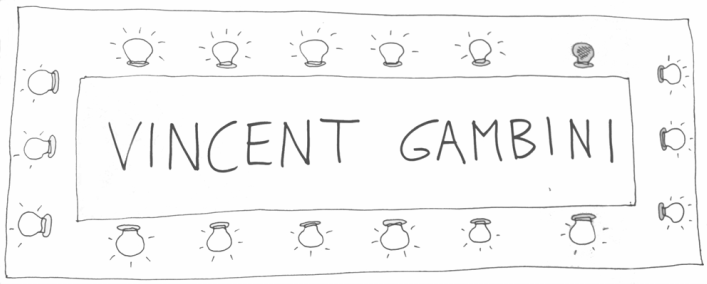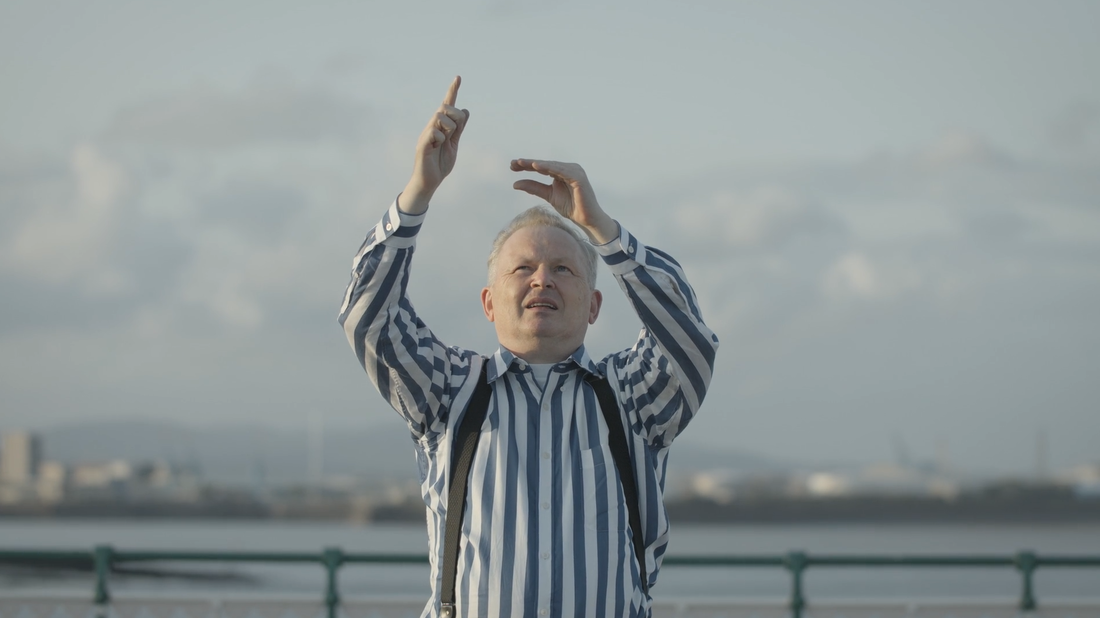Where is magic at, in the ongoing discussion around ‘revelation’? Are magicians forever bound to jealously guard their precious secrets, like deluded Gollums scuttling off behind a rock to play with the latest store-bought gimmick, or are there interesting, innovative and generous ways of opening magic up to spectators? Is revelation always a case of ‘breaking’ magic, or are there in fact ways of sharing the method that enable better appreciation, sophisticated and nuanced understandings?
Enter Tim Bromage’s frankly stunning video piece ‘The Lord of Misrule’, a single-take of magician and children’s entertainer Quentin Reynolds executing a Punch and Judy sketch without any puppets or ‘set’. Standing on Penarth peer, facing the camera, Reynolds lifts his hand in the air, performing the requisite movements and the stunning voices of the characters, honed to perfection after countless performances. The voice of Punch, in particular, stands out for its ethereal ‘buzz’, as though it were coming through a kazoo.

It is a startling example of how a ‘bare’ or stripped back presentation can work beautifully, relying on the imagined presence of objects and characters that we already know.
Are we here watching an ‘exposed’ view of the show - the backstage mechanics if you will? Perhaps. Though it also strikes me that once the ‘front’ is removed (the small theatre, the puppets, and, crucially, a participating live audience), what we’re watching is something like the labour that allows the show to exist. Think of it as watching the ‘muscle’, expanding and contracting, the singer’s larynx. In other words, we get to see the effort that goes into the production of effortlessness, and this a generous offering from both Bromage and Reynolds.
What is also striking about the piece is the camera (by Roger Graham), and the commitment to a frontal presentation, which mimics a theatrical ‘static’ front: other than the camera cutting to a closer shot 1 minute in, there are no changes or edits. This refusal to move the camera or provide alternative angles (as you’d expect a work like this to do, showing different sides, zooming on the face, cutting to focus on the reaction of passersby, etc) is partly what allows the performance to be so compelling: the framing insists on showing the work for what it really is, as though saying: here it is, here is all there is, the contortions that register as grace, the hard graft that produces the easy-going spectacle.
What if spectators were in fact a lot more privy to what is actually going on in magic tricks, than magicians tend to believe? And, following from that, what if enchantment could actually be enhanced, or approached differently - through revelation and disclosure, sharing the secret, the mechanism, displaying the effort of effortless illusion?
This is what ‘The Lord of Misrule’ is able to capture so well: the enchantment of seeing the mechanism, the mysterious appeal of dexterity and virtuosity. As though revelation itself were, in fact, simply another mystery.
The video work, which was commissioned by G39 Gallery, is currently available to view here: https://vimeo.com/354190163


 RSS Feed
RSS Feed